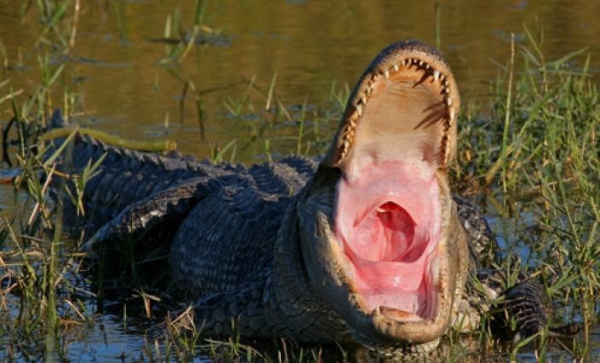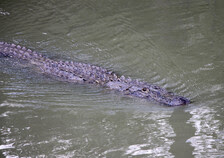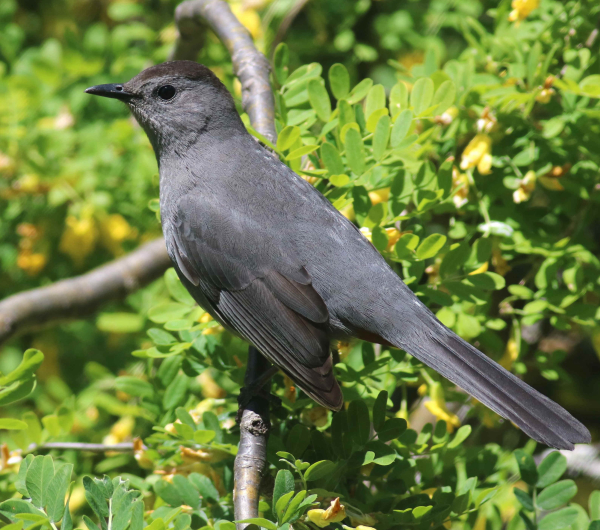Alabama Alligator Population Thriving

The American Alligator: A Conservation Milestone
Once on the verge of extinction, the American alligator, Alligator mississippiensis, has made a very impressive comeback. With a powerful bite, armored skin, and incredible stealth, alligators are known to have only one major predator. Humans. As with the colorful plumage of migratory birds prior to the Migratory Bird Treaty Act of 1918, products made from the hide of alligators trended in the fashion world. Due to unregulated harvest combined with habitat loss, these prehistoric reptiles experienced a range wide population decline. In 1938 Alabama took action and became the first state to outlaw alligator hunting. As more states followed suit, Congress passed the Endangered Species Protection Act of 1966. The goal of this Act was to, “conserve, protect, restore, and propagate certain species of native fish and wildlife.” The American alligator was one of the first to appear on the endangered species list, along with grizzly bears, bald eagles, timber wolves, red wolves, Florida panthers, Key deer, and a variety of other fish and wildlife species. In 1987, the American alligator was removed from this list due to its population increase, however, it remains federally protected due to their close resemblance to other endangered or threatened crocodiles and caimans.
Today, American alligator populations in Alabama have rebounded to sustainable levels due to the resounding success of combined conservation efforts taken by the Alabama Department of Conservation and Natural Resources and the U.S. Fish and Wildlife Service. Now, Alabamians have an opportunity to see an alligator on any given day in the southern half of the state and although less frequent the northern half of the state too!
Click learn more to find more information about American alligators in Alabama.
 |






